Making the invisible visible
Exposing salmon farming’s dirty secrets
Clayoquot Salmon Investigation (CSI) is Clayoquot Action’s fish farm watchdog program. Unlike clearcut logging or mining, which leave visible scars on the landscape, the ecological harm being caused by open-net pen salmon farms happens out of sight, out of mind. CSI makes the invisible visible. Teams of staff and volunteers get out in the field to see what is really going on, and to make these findings public. To date we have exposed two mass die-offs, two sea lice epidemics, escalating chemical warfare failing to control sea lice, the pipe spewing tainted blood water under Tofino’s fish farm plant, and more. Our most recent project tested all active fish farms in Clayoquot Sound for the highly contagious Norwegian piscine orthoreovirus (PRV), which we found on all but one salmon farm in the Sound.
quantifying the problem
Clayoquot salmon farms by the numbers
Going Viral
In 2019, Clayoquot Salmon Investigation undertook a citizen science study to determine the presence or absence of Piscine orthoreovirus (PRV) on salmon farms in the Clayoquot Sound UNESCO Biosphere Region. Samples were collected adjacent to stocked farms and sent to the Atlantic Veterinary College for testing by Dr. Fred Kibenge, one of the world’s leading salmon virologists.
Samples from all but one farm tested positive for Piscine orthoreovirus (PRV-1a).
Piscine orthoreovirus is a highly contagious virus from the Atlantic Ocean. Research suggests it was brought to BC waters back in the 90s when companies imported 30 million salmon eggs from Europe. PRV causes Heart Skeletal Muscular Inflammation (HSMI) in Atlantic salmon.
In Pacific Chinook salmon, DFO scientists report that PRV is strongly associated with the rupture of red blood cells, overwhelming the vital organs, resulting in jaundice, organ failure and death. Of particular concern, PRV-1a is replicating in Creative Salmon’s operations near Tofino, adapting to a Pacific species (Chinook), and spreading through the waters of the Clayoquot Sound UNESCO Biosphere Region—where wild Chinook are on the brink of extinction.
Salmon Lice
Salmon lice are tiny crustaceans which occur naturally in the ocean. Of course, Nature has a way of dealing with lice—they can’t survive in freshwater. Typically an adult salmon will pick up a few lice as it makes its epic voyage through the northern Pacific Ocean. But when they return to their natal stream to spawn, any lice they are carrying simply die. The following spring there are very few lice around to bother juvenile salmon as they leave their home river.
But salmon farms break the laws of nature. Like any other kind of factory farm, when you pack half a million animals into a cage, parasites and pathogens begin to run amok. British Columbian salmon farms are open-net pens—old-school 1980s technology. This means that not only do parasites like salmon lice breed and multiply within the farm, they also drift out of the cages to infect wild salmon. Because salmon farms are scattered up and down the wild salmon migration corridors, juvenile wild salmon (smolts) are unable to avoid picking up lice. And one to three lice can kill a juvenile wild salmon.
The companies’ response? Escalating chemical warfare in an attempt to control lice—an attempt which is doomed to fail. CSI exposed Cermaq’s plan to dump millions of litres of pesticide into the pristine waters of Clayoquot Sound, and will be continuing to monitor this in 2021.
Removing salmon farms from the ocean is the only viable solution to prevent sea lice problems.
Salmon Sewage
A typical fish farm emits the equivalent ‘salmon sewage’ of a city of 150,000 people. If thirteen farms are in production at the same time, Clayoquot Sound farms are producing the equivalent sewage of a city of almost 2 million people! Yep, you’re surfin’ in that sh!t.
Treating sewage is an expensive proposition, as small towns like Tofino are discovering. This is why the salmon farming industry wants to remain in the ocean—free sewage! No other farmer deposits their poop directly into adjacent water bodies…
In 2019 Cermaq announced plans to field trial an experimental Semi-Closed Containment System (SCCS). But Cermaq’s SCCS will not contain their salmon feces, nor the 65 billion viral particles an infected farm emits every hour (and they admit their farms are infected with PRV). So it will not address some of the biggest problems the industry poses for wild salmon. It is a false solution to pollution—the only real way to deal with salmon sewage is to get salmon farms out of BC waters.
Hazardous Algal Blooms
During the past decade, there has been a worldwide increase in Hazardous Algal Blooms—marine microalgae that are harmful to finfish, shellfish and humans. Cermaq has had problems with HABs since at least 2001. More recently, Cermaq lost 205,000 farmed salmon at a Clayoquot Sound operation in November 2019.
Toxic algal blooms associated with intensive aquaculture operations have been recorded around the world. A major algal bloom devastated the Chilean salmon farming industry in 2016, also killing massive amounts of sea life, causing economic hardship for inshore fishermen, and throwing the island of Chiloe into civic unrest.
It is well known that agricultural run-off increases the occurrence of HABs, due to increased nutrient loading. Unlike other farms, salmon farms deposit their agricultural waste directly into the oceans—in effect they are using the ocean as an open sewer.
When salmon farms are legislated out of the ocean in 2029, they could move into closed containment, and treat their sewage rather than pumping it directly into the ocean.
Marine Mammals
A variety of marine mammals are attracted to salmon farms—which from their perspective are stuffed full of prey items. The companies have gotten better about keeping animals out with predator nets. But they don’t always work.
In Clayoquot Sound in 2015, Cermaq slaughtered fifteen California sea lions over a period of two days; there have been multiple instances of humpback whales becoming entangled or trapped in farms. In 2013 a young humpback whale was found dead in Cermaq’s Ross Pass farm.
Removing salmon farms from BC waters would quickly and completely solve this problem.
